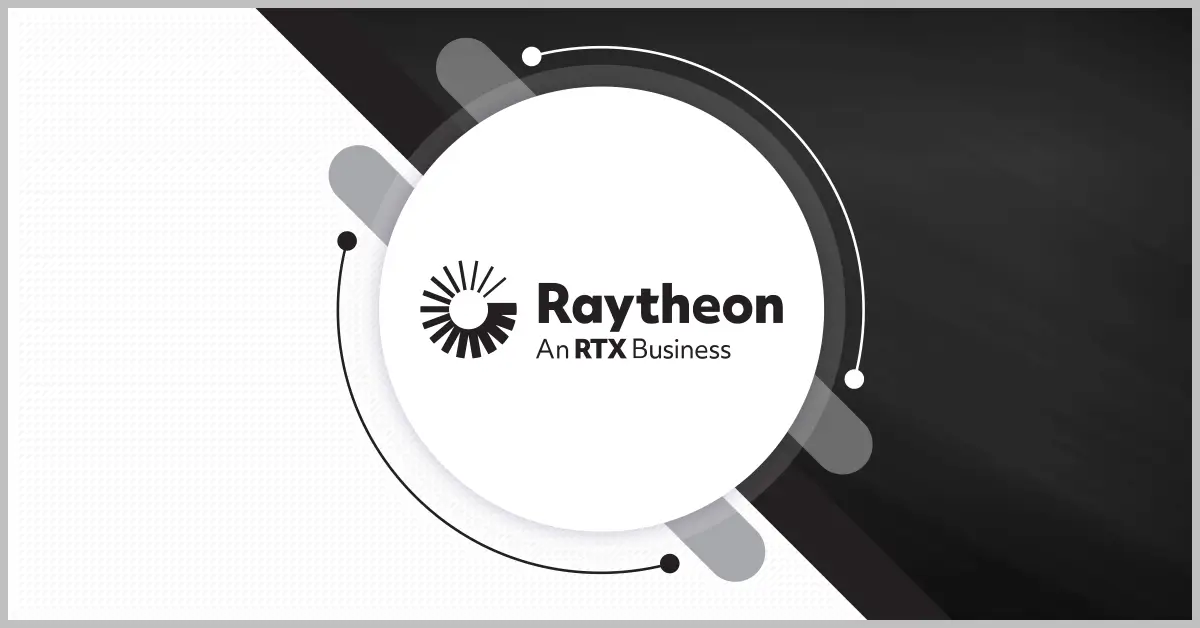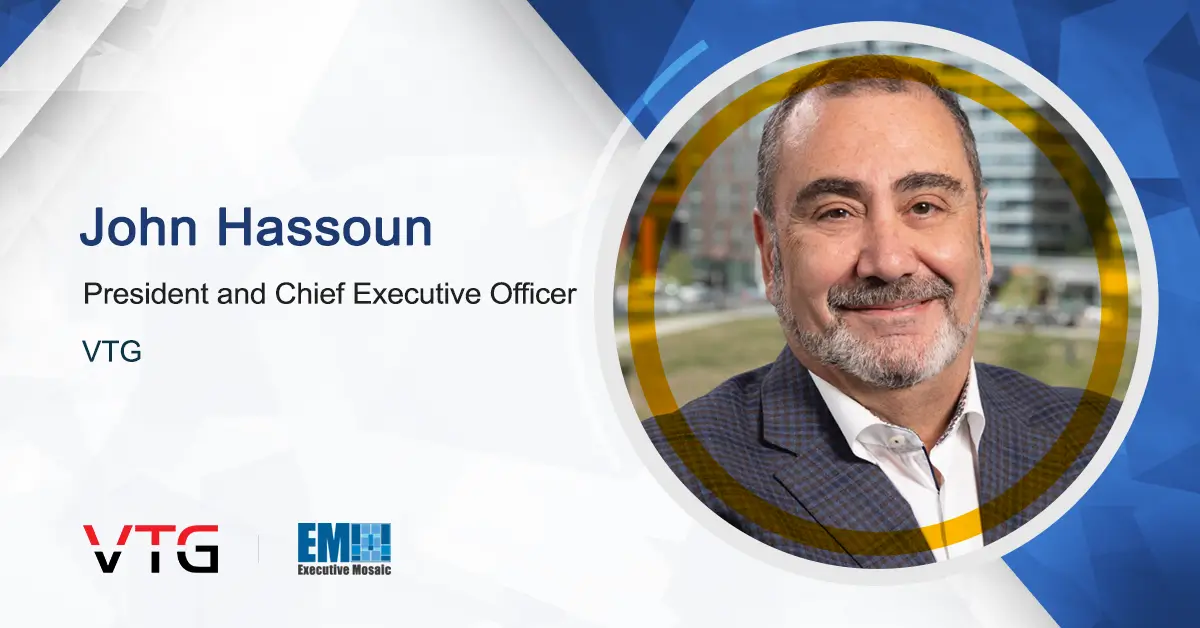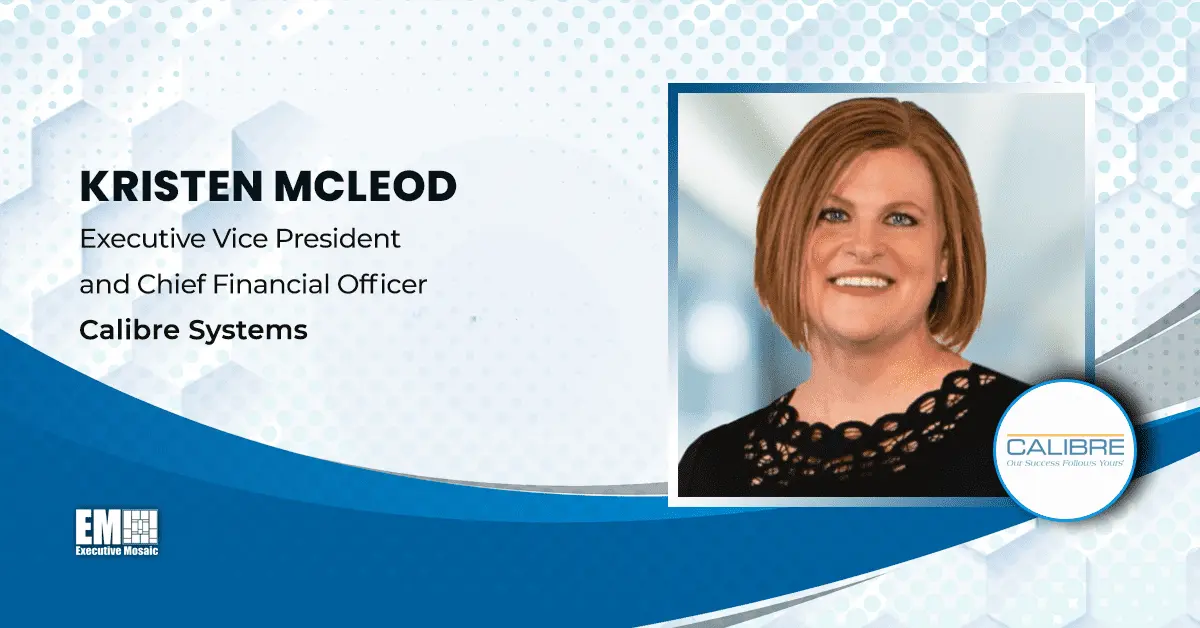By Mark Amtower
When I speak at Association for Proposal Management Professional events, I hear of two problem areas regarding requests for proposals that have been with us for a long time.
The first is we aren’t going to win because the contracting officer doesn’t know us.
The second is someone got in early and influenced the direction of the procurement.
The first is not a problem for the contracting officer, it is your problem. The second is basically the same, and both are issues you can deal with directly.
Becoming “known” and pursuing procurements early in the process require action on your part and there are five steps you can and should take.
Step one involves defining carefully what you do and differentiating it from the competition. Step two is leveraging LinkedIn to start claiming that differentiated position. Step three is expanding your network in targeted agencies, the agencies that already know who you are and what you do, and the agencies where you want to do more work. Step four is developing and sharing content that reinforces your differentiated position, what is commonly referred to as thought leadership content. Finally, step five is to increase your activity when you hear or know about an emerging problem area that will probably evolve into an RFP or task order.
Differentiating from your competitors is where many companies come up short. There are a variety of ways to indicate this, including highlighting your processes, your IP, your past performance, how long you’ve been involved in a defined area, the agencies you’ve worked with and more.
Once you have defined your differentiated position, it is time to establish your claim publicly, on your website and through your key personnel on LinkedIn. LinkedIn is where you, your company and your subject matter experts are vetted, so the key personnel profiles have to clearly stake out your area(s) of expertise.
Resource Management Concepts, operating at Pax River, does this well, as they focus heavily on the DOD research, development, test and evaluation community, of which Pax River is a major component. Profiles of key executives tout the area of expertise as well as the company culture.
Reaching out to key players in the agencies you wish to target, or that you are already working with, is the next step. There are 556 “company” pages for federal departments, agencies, operating divisions and offices, so finding the right people is not as difficult as many think. There are also 2.72 million feds (DOD, IC and civilian) on LinkedIn that I have identified in my latest Census of Feds on LinkedIn.
Finding the program managers, contracting officers, COTRs, key finance people and others involved in the RFP process is doable. Many of these people are open to connecting on LinkedIn, if they are approached properly, not simply with the LinkedIn connection “form letter.” Write a custom note that offers a legitimate context for reaching out to connect.
The next step is developing and sharing content. While all of your content should reside on your company website, LinkedIn is still the best place to share your content. It can reside on your LinkedIn company page, and from there, be shared by you business development, sales and subject matter experts. It can, and often should, be posted on your SME’s personal LinkedIn profiles. GovCon groups on LinkedIn are also great places to share the content. Content can take many forms: webinars, speaking engagements, white papers, curating other articles and more.
Your SMEs should also be sending the content directly to key influencers after an opportunity is identified. They can share the article or link to the article directly through LinkedIn.
Step five is intensifying your content production and your LinkedIn activity to educate those inside government on the solutions your offer. Leverage LinkedIn not simply to connect and share, but to get meetings with key personnel, live or via Zoom, or even the meeting capability now resident on LinkedIn.
When you know of an emerging opportunity, if you have already engaged in the above activity, you will not be facing the issues confronting many others: the contracting office does not know us and someone else has already influenced the direction of the procurement.
Becoming known and getting in front of an RFP is only a problem if you let it become one.
It is well within your power to address both issues.
Mark Amtower is a consultant, author, speaker, podcaster and a member of the GovCon Expert program for GovConWire. He advises companies on building SME market positions and leveraging LinkedIn. His latest book, Government Marketing Best Practices 2.0 is available on Amazon.







